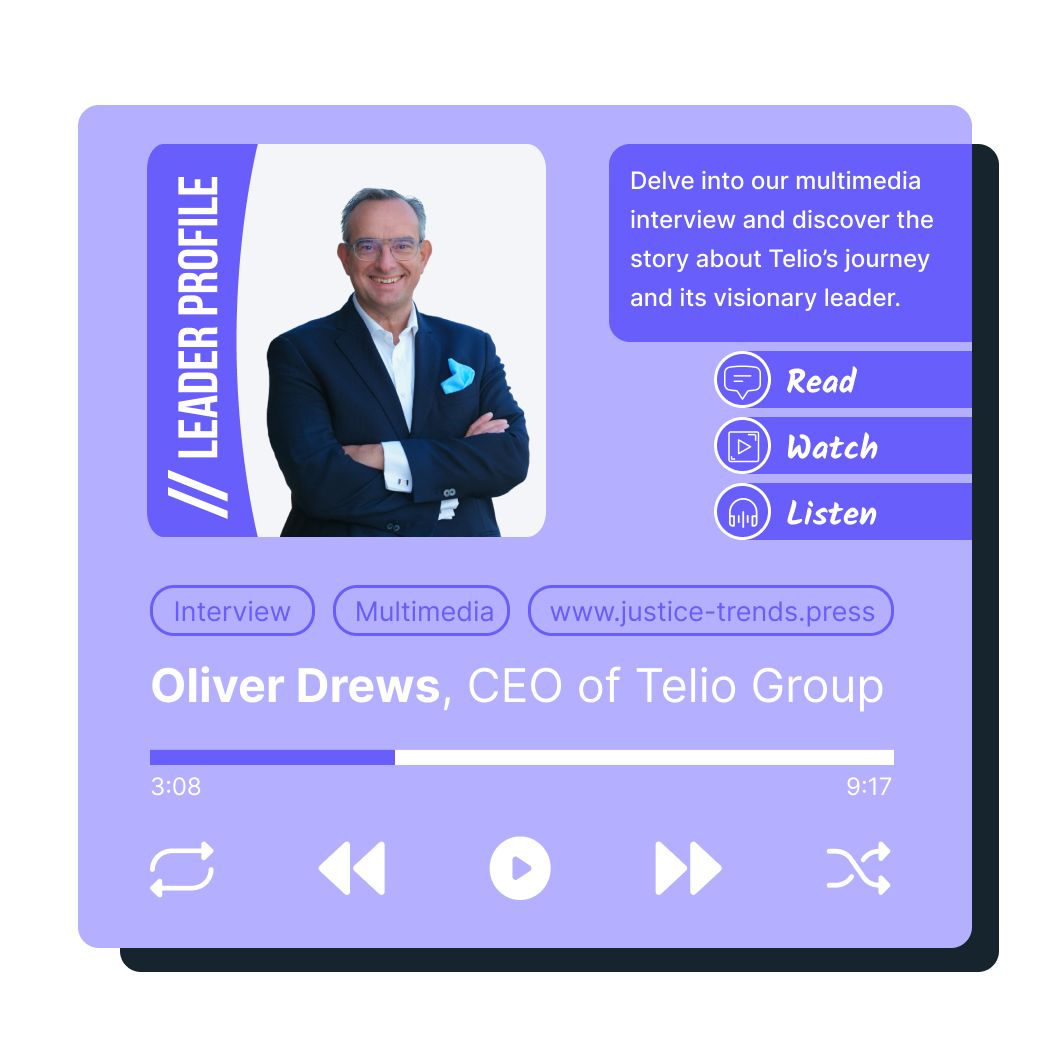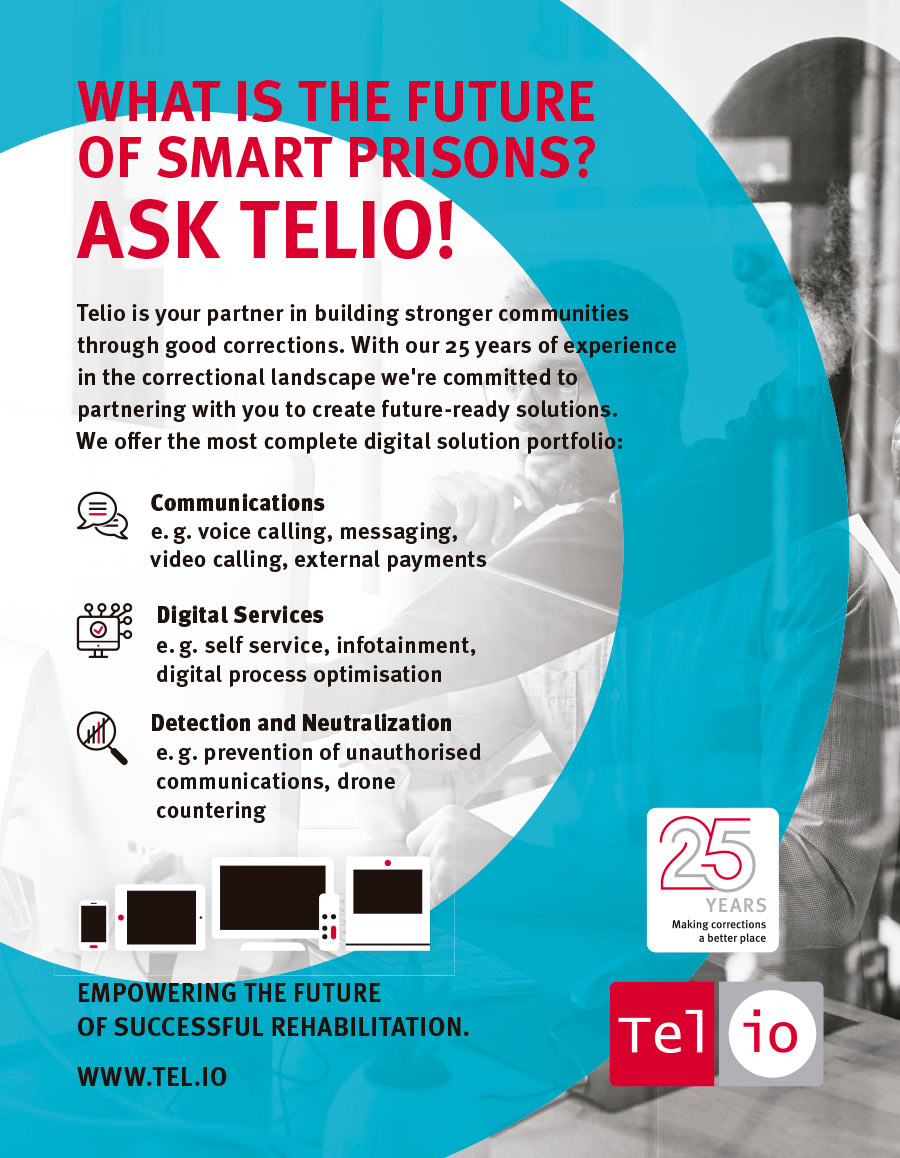Article
Simon Bonk
How can technology drive change for corrections, and better support the ongoing evolution of policy? We need to incorporate trends from a technology perspective and identify the implication that potential innovations could have on shaping the future of corrections. In doing this, we need to initiate a dialogue on the importance of how policy and digital strategy will shape the future corrections landscape.
From a technology perspective, these are exciting times. As the public’s digital experiences in the private sector evolve, so will their expectations of government services. Digital provides the opportunity to fundamentally change the way IT can support corrections. New solutions enable a rethinking of how corrections can be delivered. And by promoting the notion of normalcy for those incarcerated, technology can better enable their contribution to society on release.
Today there are many one-off initiatives that are making a difference. However, are we maximising the value proposition? Can we further drive return on investment if we adopt a more strategic approach to modernising our sector?
A new mindset driving corrections
The world of corrections is on the verge of significant change. The COVID-19 pandemic provided a test bed. We need to seize on the momentum this supplied and not drift back to a pre-COVID mindset. Globally, we are embracing a view of corrections that is about education and the provision of life skills to ensure success on return to our communities. At the same time, advances in technology and approaches to data are making significant changes to all aspects of life and providing a platform on which we can build.
Information Technology now plays a strategic role in business. We are no longer looking at how IT can reduce costs by replicating and streamlining existing systems but using IT as the strategic lever to drive business in new directions. Telio is the trusted partner that can help to move this agenda forward.
Two factors are driving the use of technology within the corrections context. The first is advances in technology itself. The practical applications of technology are broad and will provide long term capabilities to all corners of corrections. The role of technology is almost limitless opening a world of opportunities.
At the same time, we do need to be mindful of the risk of technology and work to mitigate these with thoughtful implementation. We need to be aware of bias, isolation, respecting due process and ensuring fair trials as well as ensuring the sense of liberty. Technology, for all its benefits, can not be looked at in isolation but rather from the lens of being a tool in responsible modernisation.
The second factor is the broad policy trends that are driving the future of corrections and the role of technology within it. Our sole purpose should be to effectively reintegrate offenders and significantly increase societal benefits. It is within this context that we begin to explore the realm of technology as a driver of change.
Policy, in its broadest definition (that is, legislation, regulation and business rules) is the primary mechanism with which to drive change. It is the business opportunity. Changes in policy enable the necessary changes to address the needs of offenders and society more broadly.
Exploring strategic approaches to technology
There is a need to holistically review the approach to IT within Corrections. New technology will make it possible to meet the needs of the changing population. Again, the concept of normalcy being the key driver underpinning our effort moving forward.
An expanded dialogue is required to explore how IT can act as a partner in innovation and to develop the next generation digital business models and capabilities we will require. The exclusion or limiting of technology going forward will negatively impact efficient and effective corrections and inhibit active participation in society, both pre-release and post- release of the inmate. Undermining the potential positive contribution to a better community.
At stake is public safety and the ability to meet the changing corrections landscape and new demands and challenges it faces.
We need to consider a vision for change with the objective being to:
- Inspire the organization to think about how it will conduct business in the future;
- Provide business guidance for the development of new technology strategies and investment plans.
We, at Telio, would like to begin the exploration of Digital and its role in building the Correctional Capabilities of the future.
We aim to initiate a dialogue on the importance of policy and digital strategy in shaping the future corrections landscape.
It is time for the corrections sector to turn its eye to the future and set out on a new course. A direction that embraces digital technologies and solutions and the benefits they offer. It is time to create a strategic approach to change that will move corrections forward.

Simon Bonk is Chief Research Officer and Director of New Business Development at Telio. He creates and implements strategic approaches in new markets, and builds relationships with jurisdictions, researchers and other stakeholders to advance thought leadership in the correctional space. He is currently a member of the CTA Board and Chair of the ICPA IT Group. Bonk is the former CIO for the Correctional Service of Canada.




